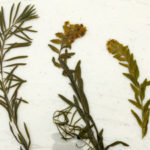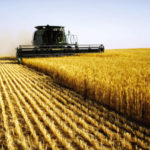
Topics

The three worst forage weeds

You grew the crop… now make them pay
So you think you do a passable job of marketing. Not great, but not bad. These six steps let you shoot for more

What’s new in tractors
A roundup of the recent tractor introductions and updates making news this fall

Six limiting factors in your soil that will make or break your operation
Without these six key ingredients, your soil — and your farm — could be in trouble

Four steps to managing herbicides

Guide HR: The seven laws of success
How do you define success, and how can you plan to achieve it?

Four keys to successful calf preconditioning

Highlights from the U.S. Farm Progress Show
Grainews went to Iowa to see what was on display at the Midwest's largest outdoor ag show

Five risk situations for stored canola
Five tips for Keeping it Clean from Cereals Canada
With increased scrutiny from end-users farmers need to be vigilant to ensure their crops aren’t rejected


